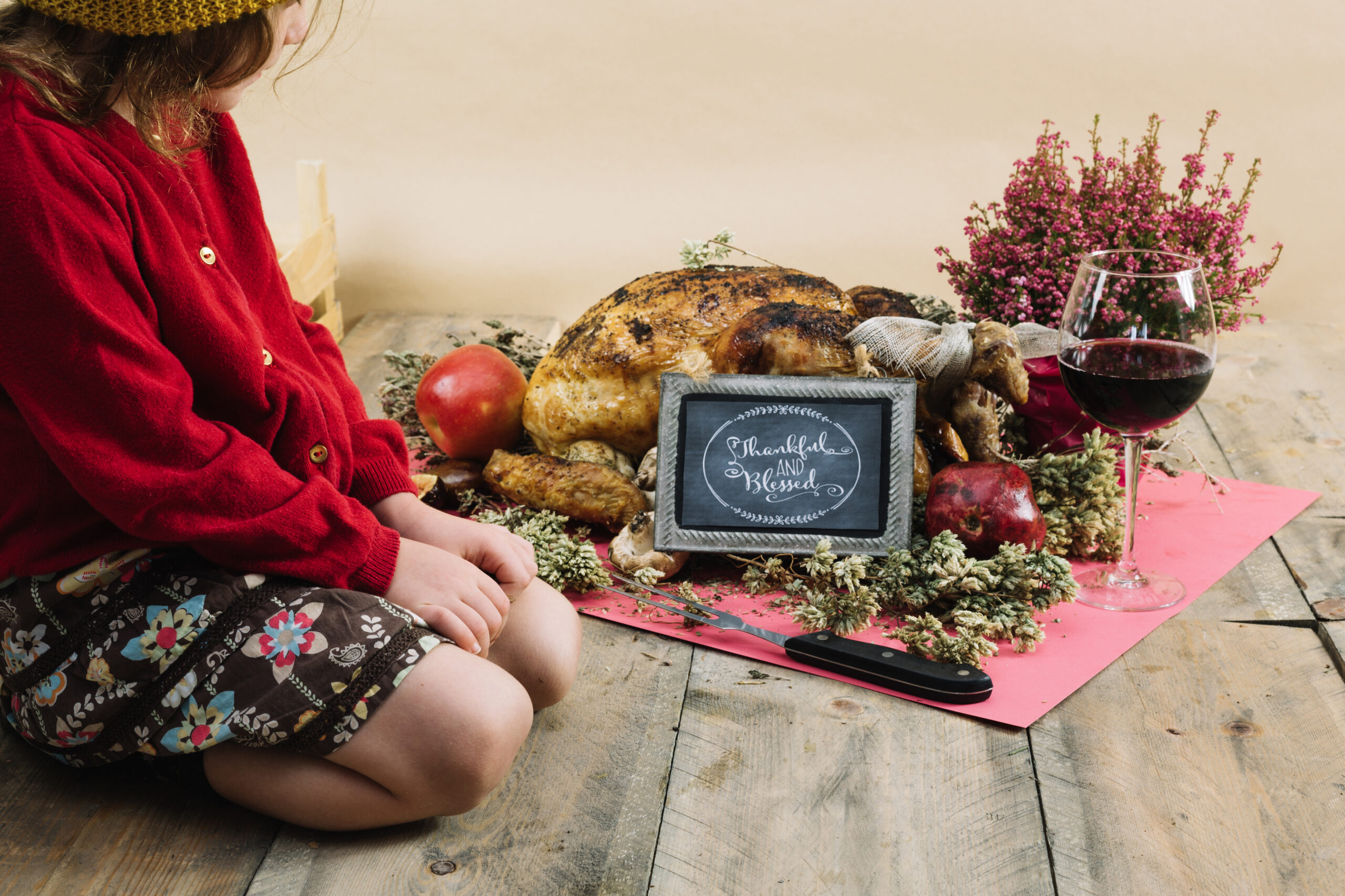The 55 Very Dirty Pick Up Lines


Thanksgiving is a cherished American holiday, celebrated with family gatherings, bountiful feasts, and a spirit of gratitude. Its origins, however, are deeply rooted in a complex tapestry of history, tradition, and cultural exchange. This article delves into the history of Thanksgiving, exploring its origins, the diverse perspectives surrounding it, and how its traditions have evolved over time to become a cornerstone of American culture.
The history of Thanksgiving Day is often traced back to the early 17th century, when Pilgrims and Puritans settled in what is now the northeastern United States. These settlers, seeking religious freedom, arrived on the shores of the New World and faced harsh conditions. The first Thanksgiving is traditionally linked to the autumn of 1621, when the Pilgrims held a feast to celebrate their first successful harvest in Plymouth Colony.
This inaugural Thanksgiving was a three-day event that included feasting and entertainment. It was attended by approximately 50 Pilgrims and 90 Wampanoag Native Americans, including their leader, Massasoit. The gathering was a gesture of goodwill and alliance between the two groups, although the harmony was fragile and would not last indefinitely.
The first Thanksgiving in 1621 was a significant cultural exchange between the Pilgrims and the Wampanoag people. The Pilgrims, having endured a brutal winter, were aided by the Wampanoag, who taught them essential survival skills such as planting corn, fishing, and hunting local game. The feast was a celebration of the successful harvest and a gesture of gratitude towards the Wampanoag for their support.
The menu of this first Thanksgiving was quite different from today’s traditional fare. Historical accounts suggest that it included venison, fowl, corn, nuts, and possibly seafood, reflecting the local resources available at the time. This event laid the groundwork for what would become an enduring American tradition, although it would take centuries to evolve into the national holiday we recognize today.
While Thanksgiving is a time of celebration for many, it is also a day of reflection and mourning for some Native Americans. For indigenous communities, Thanksgiving can symbolize the beginning of centuries of displacement and cultural erasure. The Wampanoag, who played a crucial role in the survival of the early settlers, experienced significant loss of land and autonomy in the years following the first Thanksgiving.
Today, many Native Americans observe the National Day of Mourning on Thanksgiving Day, which serves as a reminder of the historical injustices faced by indigenous peoples. This perspective highlights the need to recognize and honor the complex history behind the holiday, ensuring that all voices are heard and respected in the narrative of Thanksgiving.
In the years following the initial celebration, Thanksgiving evolved into a regional custom in New England. Throughout the 17th and 18th centuries, various colonies observed days of thanksgiving and prayer to mark significant events, such as military victories and successful harvests. These early celebrations were primarily religious in nature and varied greatly in timing and practice.
By the late 18th century, the concept of Thanksgiving began to spread beyond New England. The Continental Congress issued several proclamations for national days of thanksgiving during the American Revolution, emphasizing unity and gratitude. However, it was not until the 19th century that Thanksgiving became a more formalized and widespread holiday across the United States.
The Civil War era marked a turning point in the history of Thanksgiving. In 1863, President Abraham Lincoln proclaimed a national Thanksgiving Day, to be celebrated on the final Thursday of November. This proclamation was influenced by the persistent efforts of Sarah Josepha Hale, a prominent writer and editor who advocated for a national holiday to promote unity amidst the division of the Civil War.
Lincoln’s proclamation framed Thanksgiving as a time for the nation to come together in gratitude and reflection, despite the ongoing conflict. This marked the beginning of Thanksgiving as a national holiday, providing a sense of continuity and hope during a tumultuous period in American history.
Abraham Lincoln’s influence on Thanksgiving cannot be overstated. His 1863 proclamation set a precedent for future presidents, who continued to issue annual Thanksgiving proclamations. Lincoln’s vision of Thanksgiving as a unifying and reflective holiday resonated deeply with the American public, helping to solidify its place in the national consciousness.
Lincoln’s declaration also laid the groundwork for Thanksgiving to evolve into a holiday that transcends religious and regional boundaries. It became a secular celebration of gratitude and community, paving the way for its widespread acceptance and observance in the years to come.

Today, Thanksgiving is celebrated with a variety of traditions that reflect the diverse cultural landscape of the United States. The holiday is synonymous with family gatherings, elaborate feasts, and expressions of gratitude. The centerpiece of most Thanksgiving meals is the turkey, a tradition that dates back to the 19th century and has become an iconic symbol of the holiday.
In addition to the meal, Thanksgiving is marked by numerous other customs, such as watching football games, participating in charity events, and attending parades. One of the most famous parades is the Macy’s Thanksgiving Day Parade in New York City, which draws millions of viewers each year with its spectacular floats and performances.
The Macy’s Thanksgiving Day Parade has become an integral part of Thanksgiving celebrations in the United States. First held in 1924, the parade was initially a promotional event for Macy’s department store. Over the years, it has grown into a beloved tradition, showcasing giant balloons, celebrity performances, and elaborate floats.
The parade not only marks the unofficial start of the holiday season but also serves as a cultural touchstone, bringing together people from all walks of life to celebrate the spirit of Thanksgiving. Its impact extends beyond entertainment, as it fosters a sense of community and shared experience among viewers across the nation.
The Thanksgiving dinner is a central element of the holiday, symbolizing abundance, gratitude, and togetherness. The meal typically includes turkey, stuffing, cranberry sauce, and pumpkin pie, among other dishes. These foods have become staples of the Thanksgiving table, each carrying its own cultural and historical significance.
Beyond the culinary aspect, the Thanksgiving dinner is an opportunity for families and friends to come together, reflect on their blessings, and strengthen their bonds. It is a time for storytelling, laughter, and the creation of cherished memories. This tradition of gathering around the table reinforces the holiday’s core values of gratitude and community.
Thanksgiving continues to be a holiday that reflects both historical complexities and contemporary traditions. From its origins as a harvest celebration to its role in promoting national unity, Thanksgiving has evolved into a multifaceted holiday that holds deep meaning for many Americans. As we gather to celebrate, it is essential to acknowledge and honor the diverse perspectives and histories that contribute to the rich tapestry of Thanksgiving.